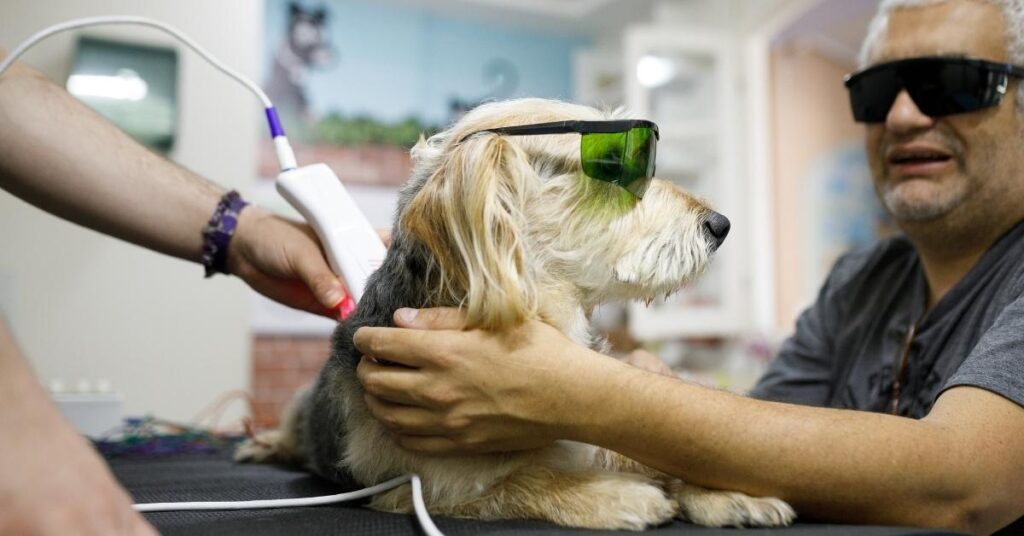Now Reading: How to Tell If a Dog Has a Fever: 5 Signs Every Owner Must Know
- 01
How to Tell If a Dog Has a Fever: 5 Signs Every Owner Must Know

How to Tell If a Dog Has a Fever: 5 Signs Every Owner Must Know
When our dogs aren’t acting like their usual happy selves, most of us wonder, “Is it serious?” You don’t always need a thermometer to know—your dog’s body is already giving you signs. Learning how to tell if a dog has a fever without one can help you act fast and feel confident in caring for your pup.
In this guide, you’ll get five clear fever indicators, basic dog fever treatment at home, tips on how to comfort a dog with a fever, and clever bonus advice to stay ready for anything. By the end, you’ll know exactly how to tell if a dog has a fever—no thermometer required.

You Must Know: How long are dogs in heat: Understanding the Heat Cycle
What Is Considered a Fever in Dogs?
A dog’s normal temperature ranges from about 101 to 102.5°F (38.3 to 39.2°C). Anything above that points to dog fever. High fevers can be harmless, but sustained or very high readings (above 103°F) can signal trouble. Still, this isn’t always easy to gauge—your dog’s breathing and body usually fill in the blanks.
5 Real-Life Clues That Show How to Tell If a Dog Has a Fever
1. Panting Heavily or Shivering
Frequent panting (even at rest) or trembling can mean your pup is dealing with a raised body temperature. Watch for these behavior changes—they’re key to understanding how to tell if a dog has a fever.
2. Warm, Dry Nose or Ears
A cold, wet nose is typical for dogs. A dry or hot nose/ears are often fever signals. While not foolproof, combining this with other signs boosts your confidence in diagnosing a likely fever.
3. Lethargy or Refusing to Eat
Is your usually energetic dog acting like a couch potato? Loss of appetite, fatigue, or refusing favorite treats are common signs in feverish dogs—another reliable clue for how to tell if your dog has a fever.
4. Red, Glassy Eyes or Swollen Gums
Look at your dog’s eyes—are they glassy, red, or teary? How about the gums? Pale, dry, or swollen gums often suggest fever or even dehydration. These physical signs are strong clues in assessing a high body temperature.
5. Higher or Faster Heart Rate
A raised heart rate is typical during a fever. If your dog’s heartbeat seems rapid or irregular, it’s a red flag. With practice, pet owners can gently check pulse through the inner thigh for changes linked to dog fever.
How to Confirm: When to Use a Thermometer
If your dog’s acting off, checking temperature is ideal. Use a digital thermometer to get a quick, accurate reading. Rectal readings are most reliable—aim for under 102.5°F. Anything above that confirms a fever.
Must Read: My Dog Ate Chocolate But Is Acting Fine: What’s Next?
Dog Fever Treatment at Home: The Gentler Path

You don’t always need immediate vet help—these at-home steps often help lower mild fevers:
- Offer small, frequent water bowls to prevent dehydration.
- Create a calm resting spot—cool, shaded, quiet.
- Use a damp towel on the paw pads, ears, or belly if the fever is below 103°F.
- Offer bland meals like boiled chicken and rice for digestion support.
- Do not use human medication—you’ll need vet-prescribed treatments.
How to Comfort a Dog with a Fever
Your love is powerful medicine. Here’s how to provide comfort:
- Hold gentle massages near the chest and shoulders
- Speak calmly; sing softly or read your dog’s favorite story
- Offer water and nutrient-rich broth if they refuse food
- Let them rest close by—your presence calms and speeds healing
Secret Vet Tips You Should Know

- Check for hidden causes like infections, heatstroke, or illness
- Track fever duration—fever beyond 24 hours means a vet visit is needed
- Use a pet thermometer consistently for accuracy
- Keep supportive care ready: broths, oral syringe for water, cool towels
When to Rush to the Vet
Watch for serious symptoms:

- Fever exceeds 103°F or drops below 100°F
- Severe vomiting, diarrhea, coughing, or bleeding
- Seizures, pale gums, lethargy, or headaches
- Puppy with fever needs immediate help
Why Spotting Fever Early Matters
Early detection through observation can mean faster healing and fewer complications. Learning how to tell if a dog has a fever keeps your dog safe, comfortable, and helps avoid painful, expensive vet visits down the line.
Final Words: Trust Your Dog’s Signals
Fever warning signs—panting, warm skin, low energy—are signals you already know how to spot. Learning to read these signs means you’re recognizing how to tell if a dog has a fever—no gadgets needed. Add thermometer readings, gentle care, and vet visits, and you’re fully equipped to help your pup feel better.
Stay attentive, trust your instincts, and your dog will always have the loving care they deserve.
FAQs – Ready for Quick Answers
Not accurate. Rectal digital thermometers give real data—always use them for reliable results.
Yes—excited hormones can raise temperature slightly. If panting stops and the nose cools, you’re likely okay.
Not always—but if it’s above 103°F, lasts more than a day, or shows other symptoms, see the vet soon.
Puppies get fevers faster and heal slower—if they show fever signs, don’t delay in treating or visiting a vet.













